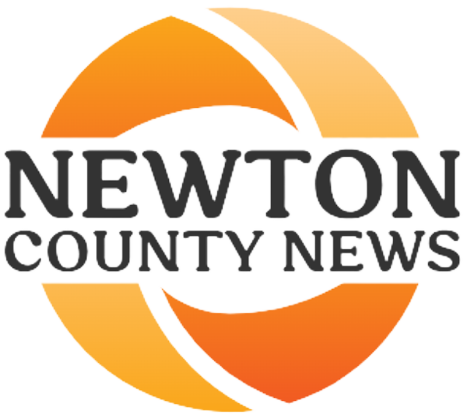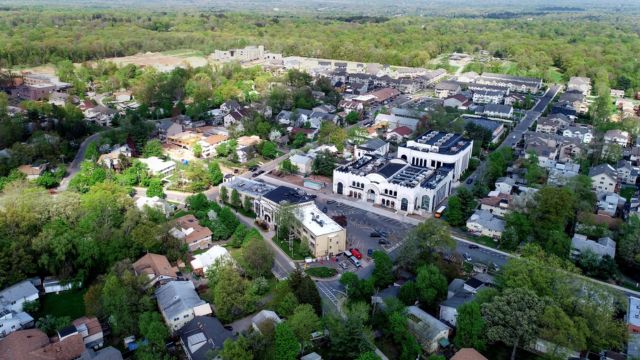New York, a state of remarkable contrasts, juxtaposes the glitz of the Big Apple with the rural charm of its countryside. However, within this dichotomy lies a stark reality of inequality. Some areas thrive in prosperity and opportunity, while others grapple with the harshness of poverty. This blog explores the town that has earned the unfortunate title of the poorest in New York, as identified by a 2023 report from 24/7 Wall Street.
New Square: A Town of Poverty and Isolation
New Square, nestled in Rockland County, approximately 40 miles north of New York City, emerges as the state’s most impoverished town, according to the report. This small community, with around 9,400 residents, faces a median household income of merely $24,881—less than half of New York State’s median income of $71,117. Furthermore, New Square bears the weight of a staggering poverty rate, reaching 60.6%, a figure more than four times the state average of 13.6%.
Primarily a Hasidic Jewish enclave founded in 1954 by followers of the Skverer Rebbe from Ukraine, New Square adheres strictly to Orthodox Judaism’s laws and customs. This adherence extends to all aspects of life, including dress, diet, education, and entertainment. The town is recognized not only for its religious adherence but also for its deliberate isolation from the outside world. Residents primarily speak Yiddish, shun modern technology, and maintain limited interaction with non-Jewish neighbors.
Factors Contributing to Poverty and Isolation
New Square’s economic challenges and isolation are attributed to several factors: low education levels, a high birth rate, limited economic diversity, and dependence on public assistance. The report notes that only 3.6% of adults in New Square hold a bachelor’s degree, a stark contrast to the state average of 37.2%. With a fertility rate of 7.9 children per woman—the highest in the nation—population growth strains resources. The town’s economy relies heavily on religious institutions, offering few job opportunities with low incomes. Additionally, New Square heavily depends on government programs, including food stamps and Medicaid, to support its residents.
Challenges and Controversies Facing New Square
New Square grapples with various challenges and controversies, both internally and externally. These include issues of overcrowding, housing shortages, environmental hazards, health risks, and social conflicts. Some notable challenges are:
Overcrowding and Housing Shortages
Since 2000, New Square’s population has surged by over 50%, creating a high population density of 23,500 people per square mile. The town faces severe housing shortages, leading to cramped and substandard living conditions. Accusations of violating zoning and building codes and resistance to expanding boundaries or allowing affordable housing have surfaced.
Environmental Hazards and Health Risks
Overcrowding and housing shortages contribute to environmental hazards and health risks, such as pollution, fire, and disease. New Square has been cited for improper waste disposal and burning trash, leading to fires. High rates of infectious diseases, including measles, mumps, and tuberculosis, are reported due to low vaccination rates and poor sanitation.
Social Conflicts and Discrimination
Isolation and insularity in New Square have resulted in social conflicts and discrimination. Criticisms include a lack of diversity, tolerance, and integration, with accusations of discrimination against women, minorities, and non-Jews. Hostility from neighboring communities has been fueled by tax exemptions, land acquisitions, and political influence.
The Future of New Square: A Hope for Change or a Resistance to Reform?
The town’s future remains uncertain, with advocates proposing changes to improve conditions and relations. Recommendations include increasing education, employment, and income opportunities, enhancing health and safety standards, promoting environmental and social responsibility, and fostering dialogue with other groups. Some residents and leaders have shown willingness to participate in initiatives and programs.
However, skeptics argue that poverty and isolation are inherent and intentional, posing a threat to the town’s identity. Some residents and leaders resist change, opposing regulations and interventions, and asserting their rights, freedoms, and preferences.
Conclusion
New Square stands as a unique and complex phenomenon, reflecting the challenges and opportunities of diversity in New York. The town’s poverty and isolation evoke both hope and doubt for change and reform, making it a subject that demands attention, understanding, and support. It remains a town worthy of respect and consideration, encapsulating the complexities of its past, present, and future.

